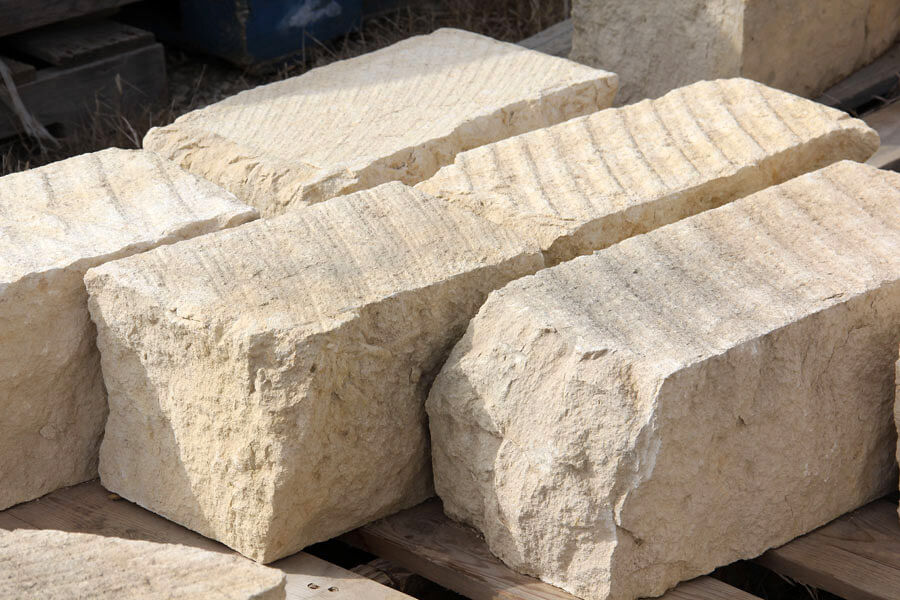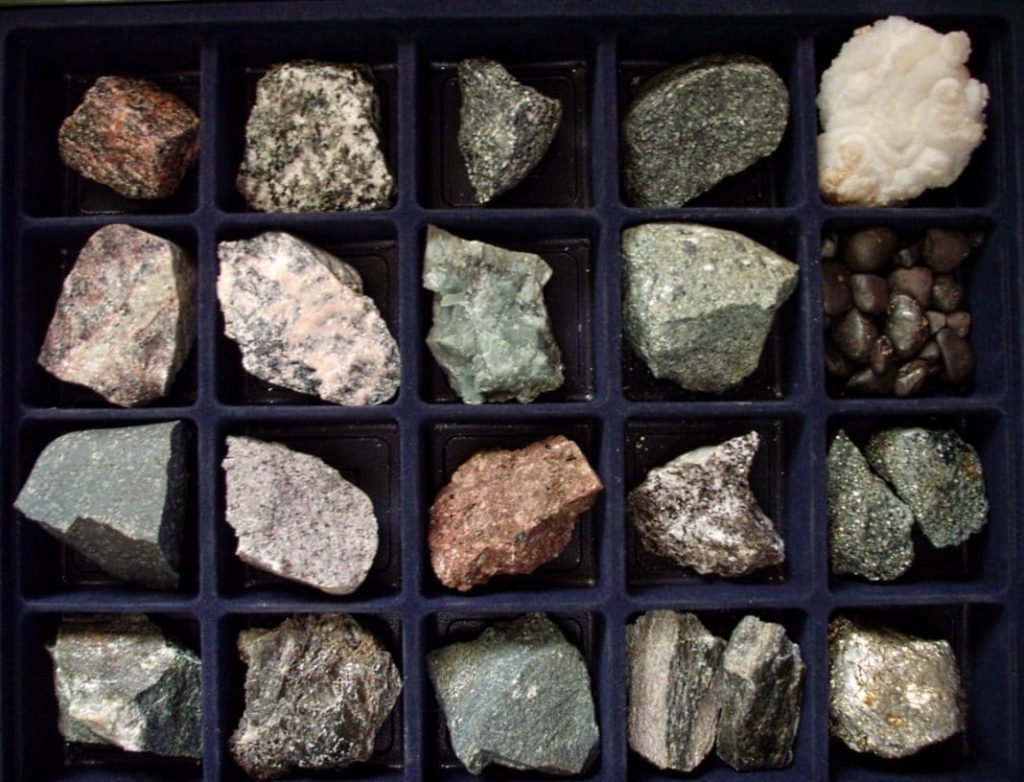

There are many varieties of limestone, they are classified in their direction:
- by color
- by scope
- chemical composition and other indicators.
The color of the mineral depends on the impurities included in its composition.
- Natural limestone without foreign elements has a white or gray color.
- Limestone containing manganese, brown or red in color.
- Iron stains the stone in yellow or brown shades.
Due to the peculiarities of the structure and chemical composition, limestone is divided into:
- dolomitized (containing magnesium oxide in the range of 4-17%, in the case of an increase in the limit level of magnesium in the composition, this type is converted to dolomite)
- marbled (here most of the stone is made up of fossilized over time shells of marine life, this type of limestone has an unusual palette of colors, starting with beige and ending with grayish-blue paints)
- coral (distinguished by a porous structure, includes shells and shells of marine organisms)
- clay (has an intermediate content between limestone and marl, it is a softer limestone in comparison with other varieties).
Classification of limestone
Limestone is classified according to the scope of application. There are 2 varieties:
- flux (widely applicable in metallurgy for the production of flux and smelting of metals)
- facing (used in construction as cladding, for example, with its help you can give an unusual color accent to the design of the room).
Use of limestone in industry
Due to its unique properties, limestone is used in many areas of the national economy.
In the field of construction, stone is actively used for the design of the foundation of buildings, for the production of cement, chalk, for the design of decor.
In the food orientation, limestone is necessary for the manufacture of soda, acts as a filter in the production of sugar.
In glassmaking, stone is one of the important components in the production of heat-resistant glass.
In metallurgy, limestone is involved in the smelting of metals. In addition to the above areas, stone as a raw material is used in printing, in soap making
